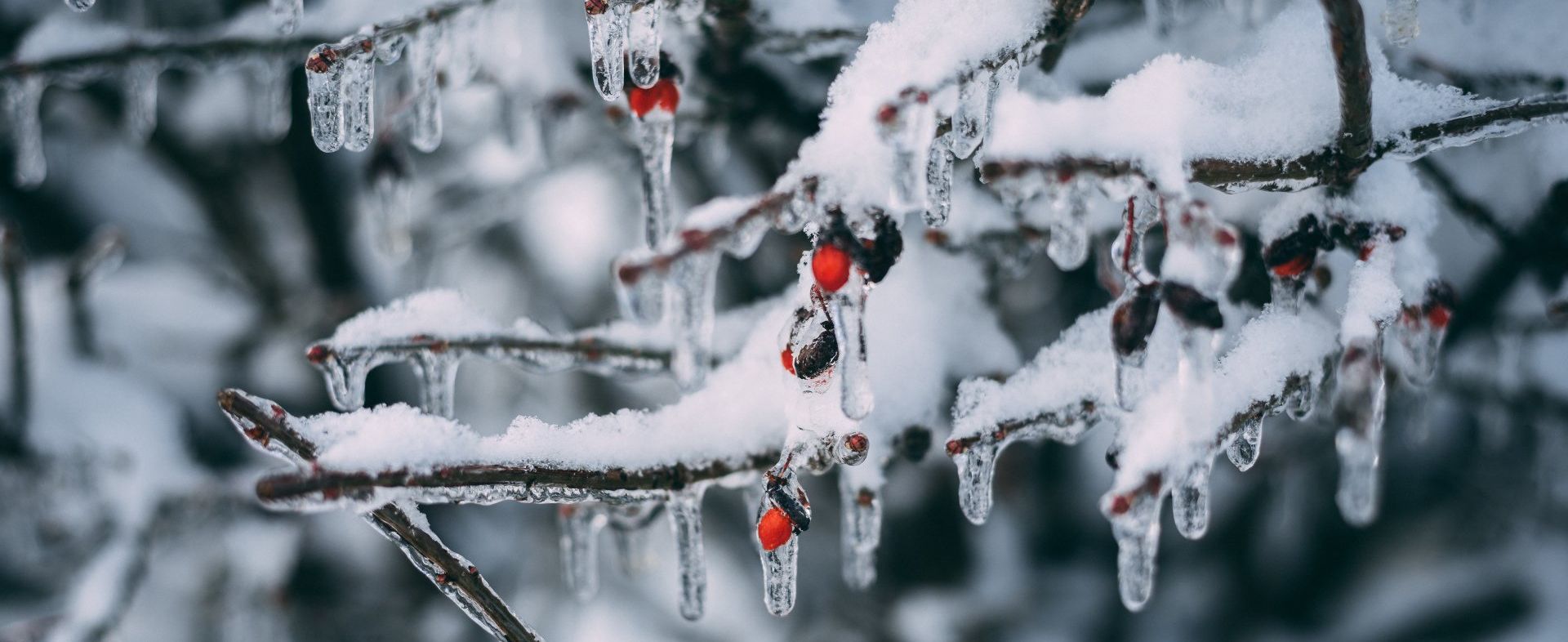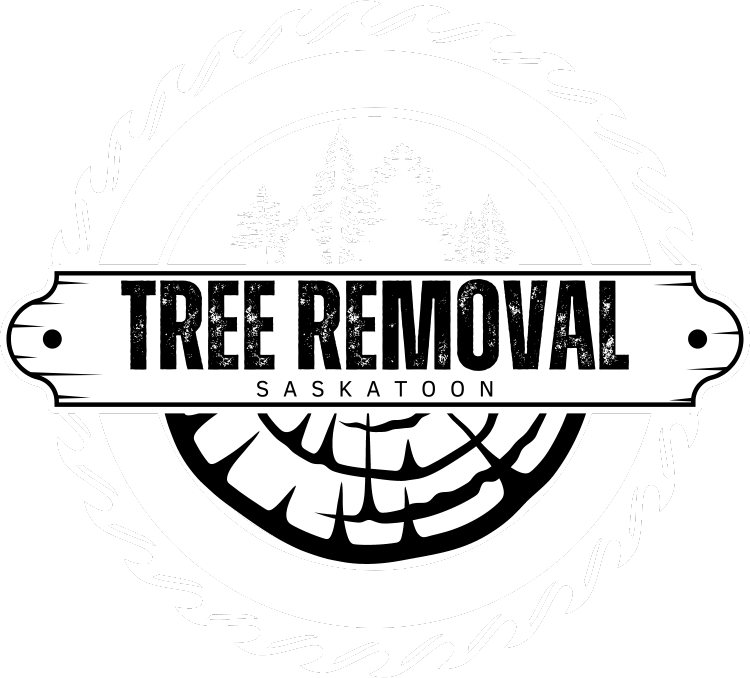Ice Storm Tree Damage: Understanding, Reacting, and Preventing
Ice storms, while often creating a winter wonderland scenario, can wreak havoc on trees, leading to significant damage. Understanding the impact of these storms on trees, and how to effectively manage and protect them, is crucial for Saskatoon homeowners and tree enthusiasts alike.
Understanding Ice Storm Damage
Trees can face various types of damage during ice storms. The weight of the ice can cause branches to break, trunks to split, and even uproot trees entirely. Certain species, such as birch, pine, and willow, are more vulnerable due to their structure and wood characteristics. It's important to identify the signs of damage early to take appropriate action.
Region-Specific Tree Myths in Saskatoon
When an ice storm subsides, the immediate priority is assessing your trees for damage in a safe and systematic way. Here’s what to look for and how to proceed:
Conduct a Visual Inspection:
- From a safe distance, examine each tree for visible signs of stress or damage. Look for broken or hanging branches, cracks in the trunk, split crotches (where branches diverge from the trunk), or leaning postures. Pay particular attention to larger trees and those near structures or walkways.
Check for Power Line Interference:
- If a tree or its branches have fallen on power lines, do not approach. Contact your local utility company immediately. It’s crucial to handle such situations professionally due to the high risk involved.
Assess Branch Damage:
- Small or thin branches coated in ice may bounce back once the ice melts. However, larger branches that are broken or hanging pose a risk. If they are small and within reach, you might be able to remove them safely using proper pruning techniques. For larger branches or those high up in the tree, professional help is advised.
Evaluate Tree Stability:
- If the tree is leaning or its roots are exposed, it could be at risk of falling. A tree care professional should assess its stability. In some cases, a leaning tree might need to be removed for safety.
Document the Damage:
- Take photos of the damage for insurance purposes, especially if there’s significant destruction or a potential claim.
Safety First in DIY Efforts:
- If you decide to remove smaller, reachable branches, ensure you wear protective gear and follow proper pruning guidelines. Avoid using a ladder on icy ground, and never attempt to remove branches that are beyond your skill level.
Plan for a Professional Assessment:
- For significant damage, schedule a professional evaluation. Arborists can provide a comprehensive assessment and recommend the best course of action, whether it's pruning, bracing, or removing the tree.
Remember, your safety is paramount. It's better to err on the side of caution and seek professional assistance for complex or risky situations. Timely action after an ice storm can help mitigate further risks and aid in the recovery of your trees.

Long-Term Tree Care Post Ice Storm
Long-term care is vital for helping trees recover from ice storm damage. Here are typical scenarios and what to do:
Minor Branch Breakage:
- Scenario: Small branches broken or damaged.
- Care: Prune the damaged branches properly to prevent pests and disease. Ensure clean cuts that allow the tree to heal effectively.
Major Limb Breakage:
- Scenario: Larger limbs have snapped or are hanging precariously.
- Care: Due to the potential risk, it’s best to have these removed by professionals. Improper removal can cause more harm to the tree and is a safety risk.
Split Trunks or Major Cracks:
- Scenario: Trunks split or cracked, jeopardizing the tree's structural integrity.
- Care: This often requires the expertise of an arborist to assess. In some cases, cabling or bracing may be possible; in others, removal might be the only safe option.
Uprooted or Leaning Trees:
- Scenario: Trees that have partially uprooted or are leaning heavily.
- Care: Professional assessment is critical. These trees may recover with time and support, or they might pose a significant risk and require removal.
Foliage Damage on Evergreens:
- Scenario: Bent, broken, or sparse foliage following the storm.
- Care: Give the tree time to recover. Prune only the damaged parts. If the damage is extensive, consult an arborist for advice on care or potential replacement.
In all these scenarios, the key is balancing immediate safety concerns with the long-term health of the tree. Professional advice can be invaluable in determining the best course of action for each specific situation.

Proactive Measures and Professional Intervention
Prevention and Preparation:
Being proactive can significantly reduce the impact of ice storms on your trees. Here’s how you can prepare:
- Selecting Resistant Varieties: Start by choosing tree species known for their resistance to ice damage. Consult with local nurseries or arborists for recommendations on the best trees for Saskatoon's climate.
- Regular Pruning: Proper pruning strengthens trees and reduces the risk of damage. Remove weak branches and thin out dense canopies to minimize ice accumulation. Remember, pruning should be done in accordance with the tree's specific growth patterns and seasonality.
- Tree Health Checks: Regularly inspect your trees for signs of disease or decay. A healthy tree is better equipped to withstand the stresses of an ice storm. If you’re unsure about the health of your trees, schedule a check-up with a professional.
- Strengthening Young Trees: Support young or newly planted trees with stakes to help them withstand harsh weather. However, allow some movement to encourage strong root and trunk development.
When to Call Professionals:
Knowing when to seek professional help is key to ensuring the safety and health of your trees:
- Post-Storm Assessments: If an ice storm has left significant damage, or you’re unsure of the extent of the damage, it’s time to call in the experts. Certified arborists can conduct a thorough assessment and provide a plan of action.
- Complex Pruning and Removals: Jobs that involve climbing, using a chainsaw, or removing large branches or trees should typically be left to professionals, especially if the trees are near structures or power lines.
- Health Assessments: If you notice signs of disease or weakness in your trees that you can't diagnose, professional arborists can identify the issue and suggest treatments or solutions.
- Preventive Measures: Arborists can also provide advice on preventive measures and long-term care strategies to enhance your trees' resistance to ice and other extreme weather conditions.
Remember, while there are many steps you can take to prepare your trees for ice storms, certain situations require the knowledge and equipment of professional tree care services. In Saskatoon, where extreme weather can be a challenge, having a trusted tree care professional you can turn to is invaluable.
Safeguarding Your Trees: Final Advice on Ice Storm Preparedness
In facing the harsh realities of ice storm tree damage, understanding, reacting appropriately, and taking preventive measures are key to safeguarding the health and longevity of your trees. By being proactive in tree care and knowing how to respond effectively after a storm, you can greatly mitigate the risks and ensure the resilience of your green space. Remember, the steps you take before and after a storm are crucial in protecting your trees from the worst effects of extreme weather.
For homeowners in Saskatoon, staying ahead of ice storm damage means being vigilant and prepared. If you’re concerned about how to best protect your trees from ice storms, or if you need assistance in dealing with post-storm damage, don't hesitate to reach out to professional arborists for guidance. At Tree Removal Saskatoon, we’re equipped to provide you with expert advice and services, from preventive care to post-storm recovery. Contact us to ensure your trees are well-cared for, no matter what the weather brings.
